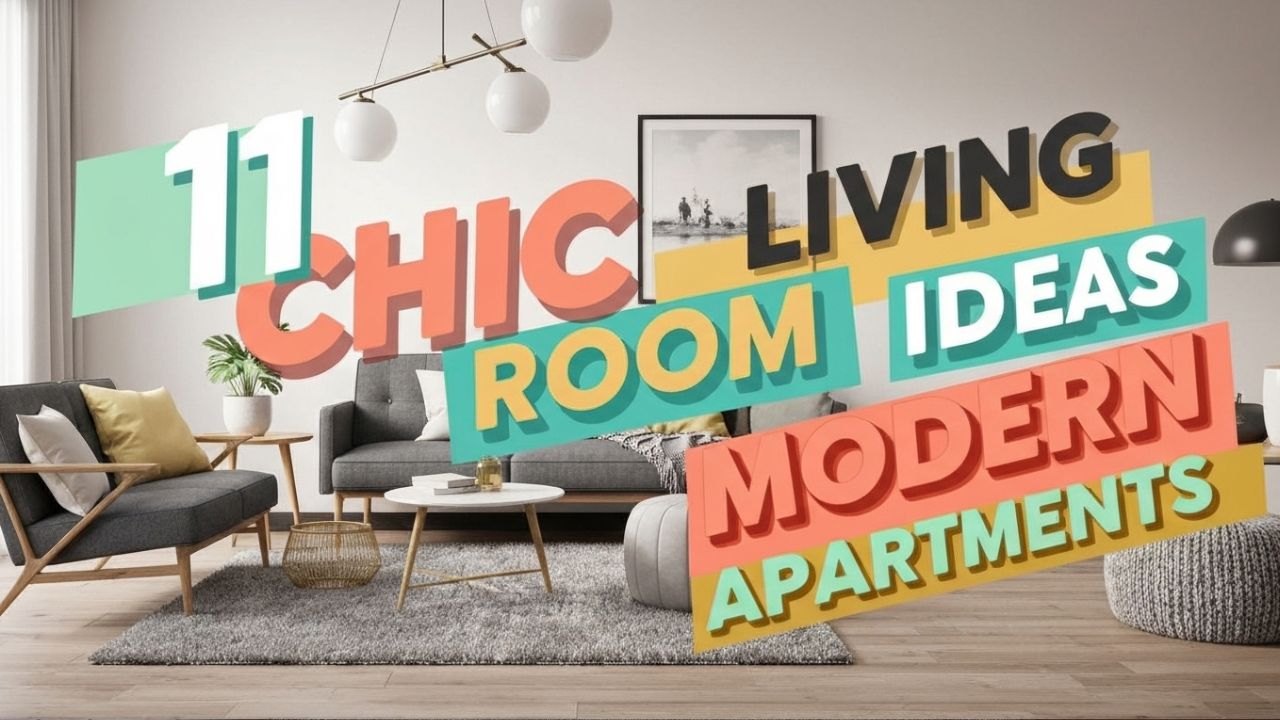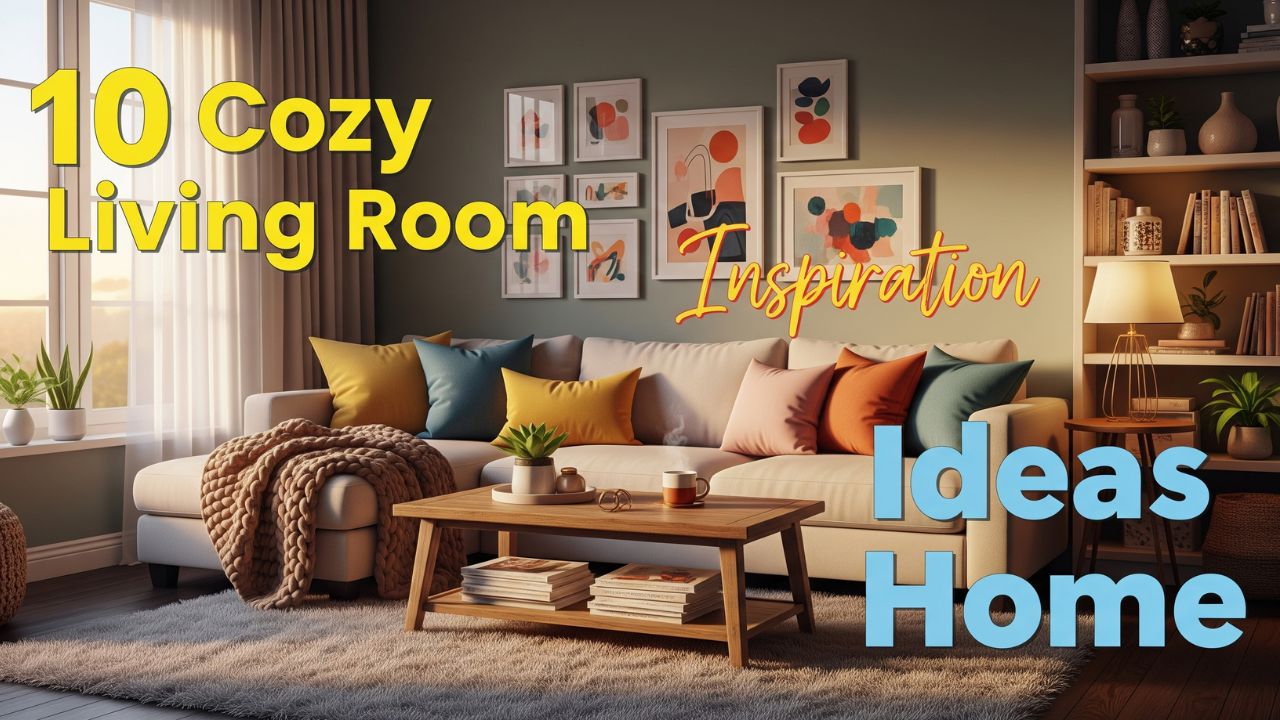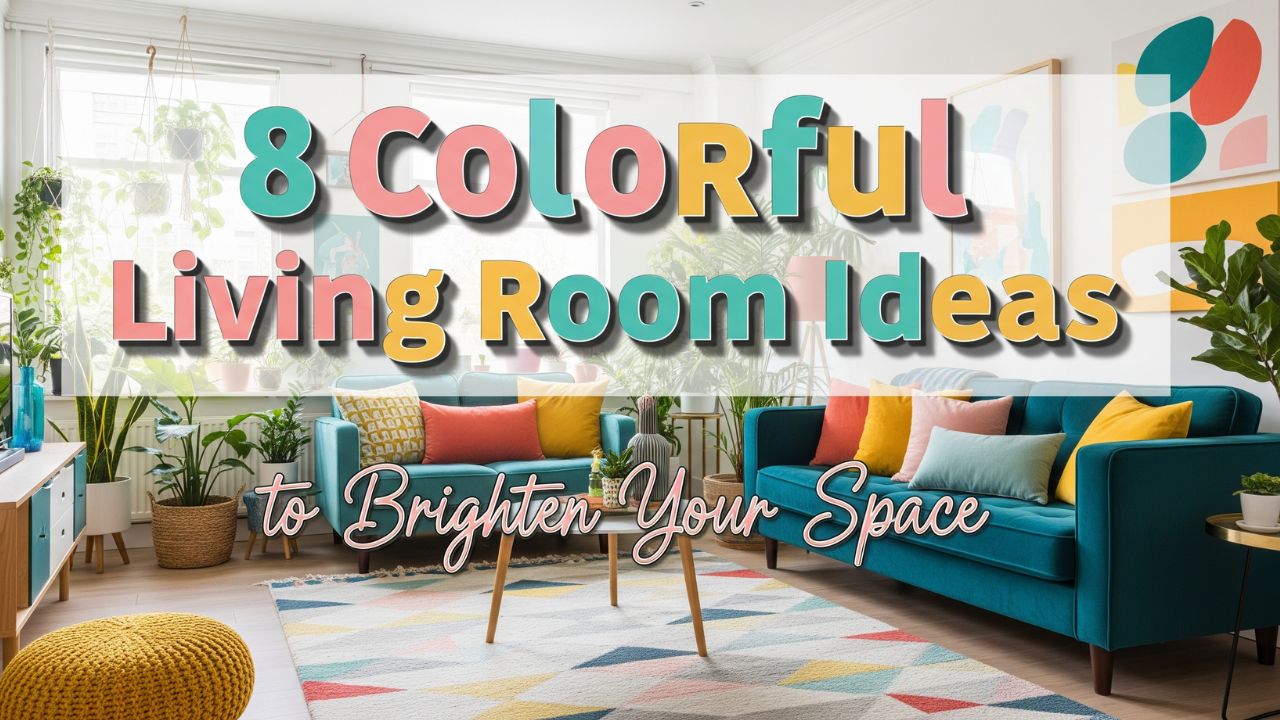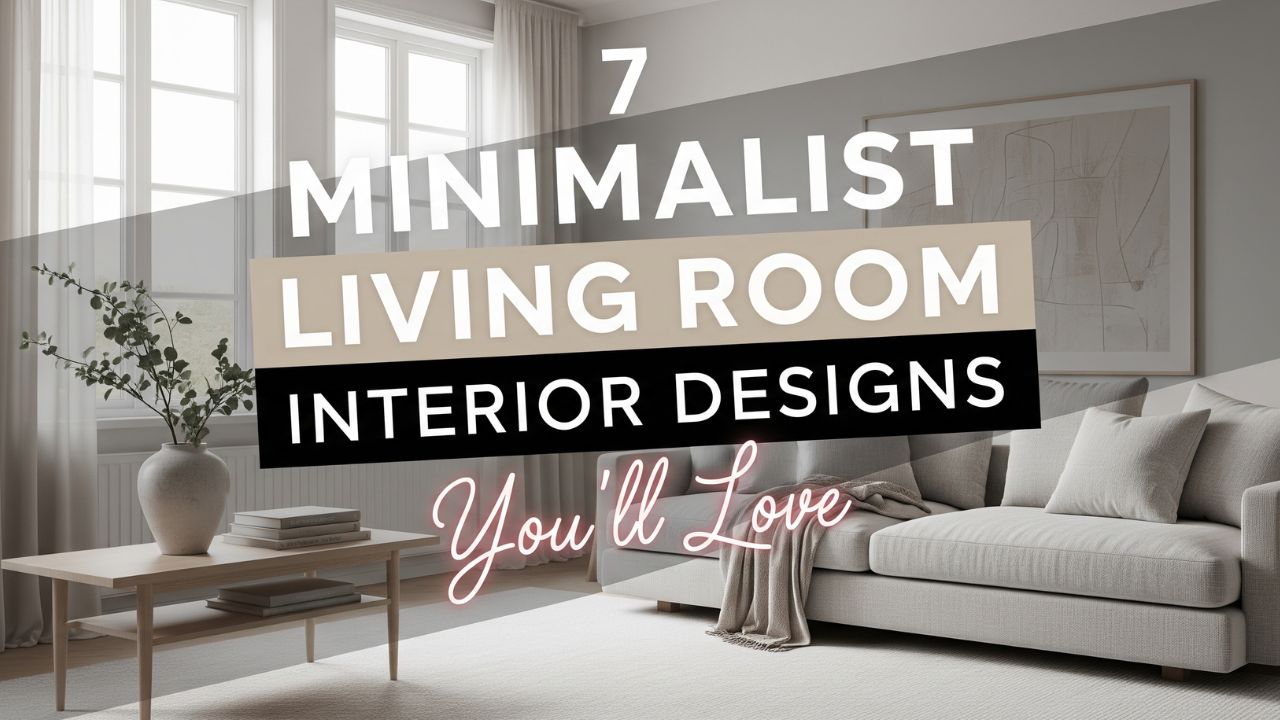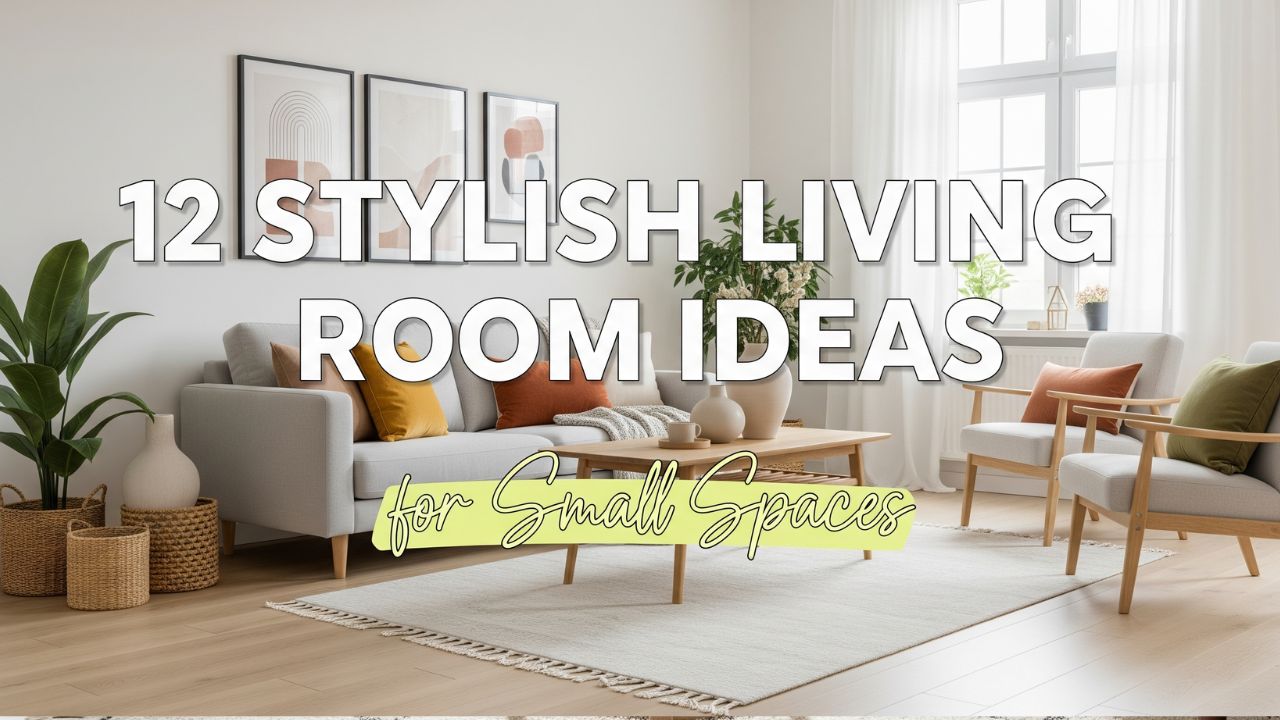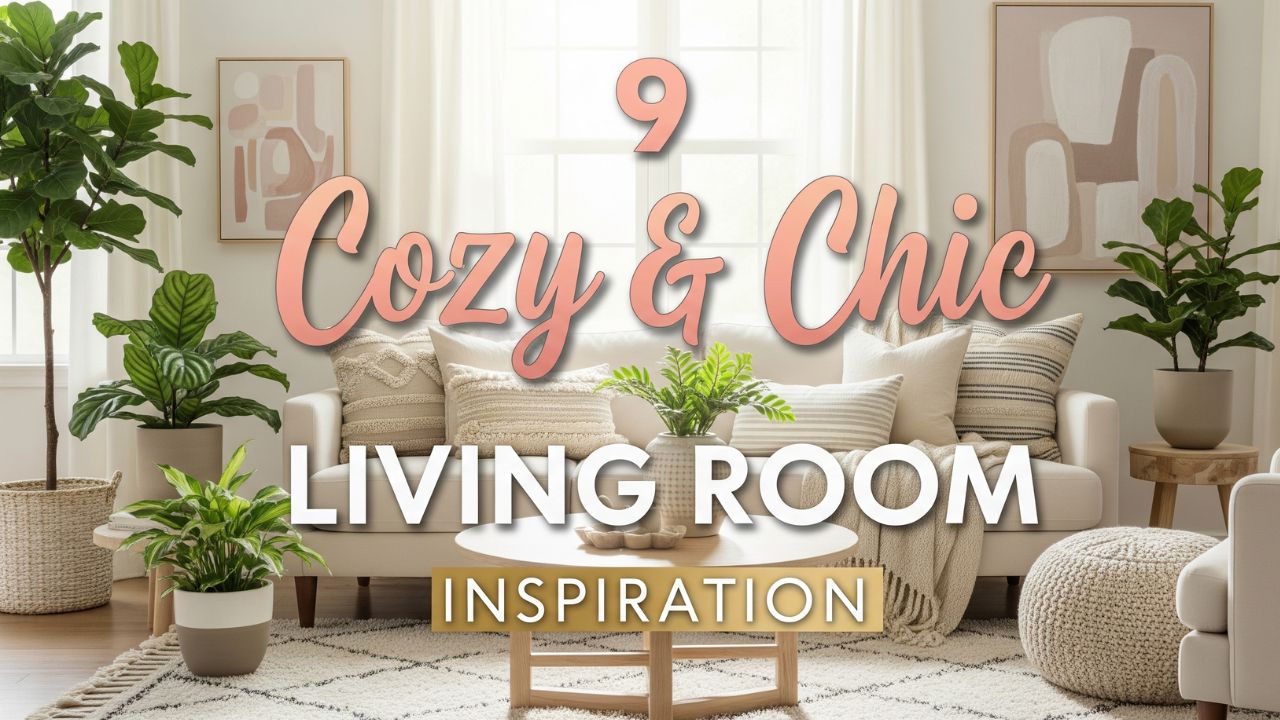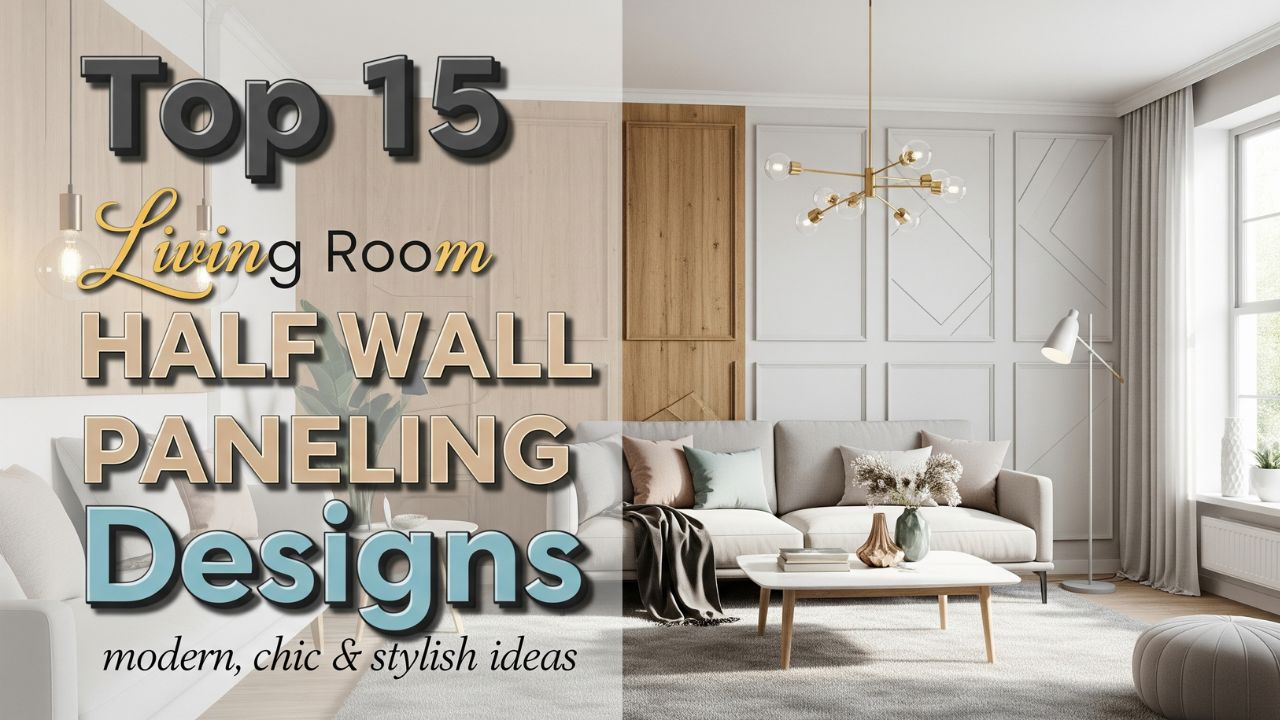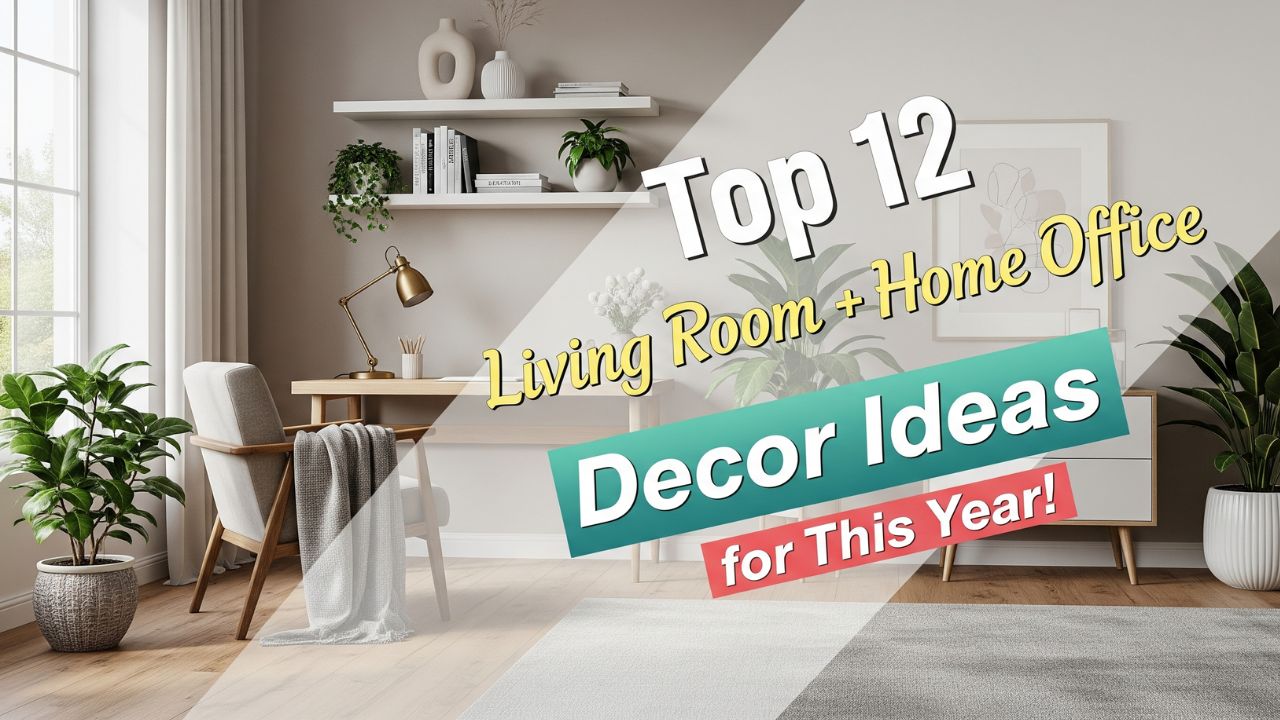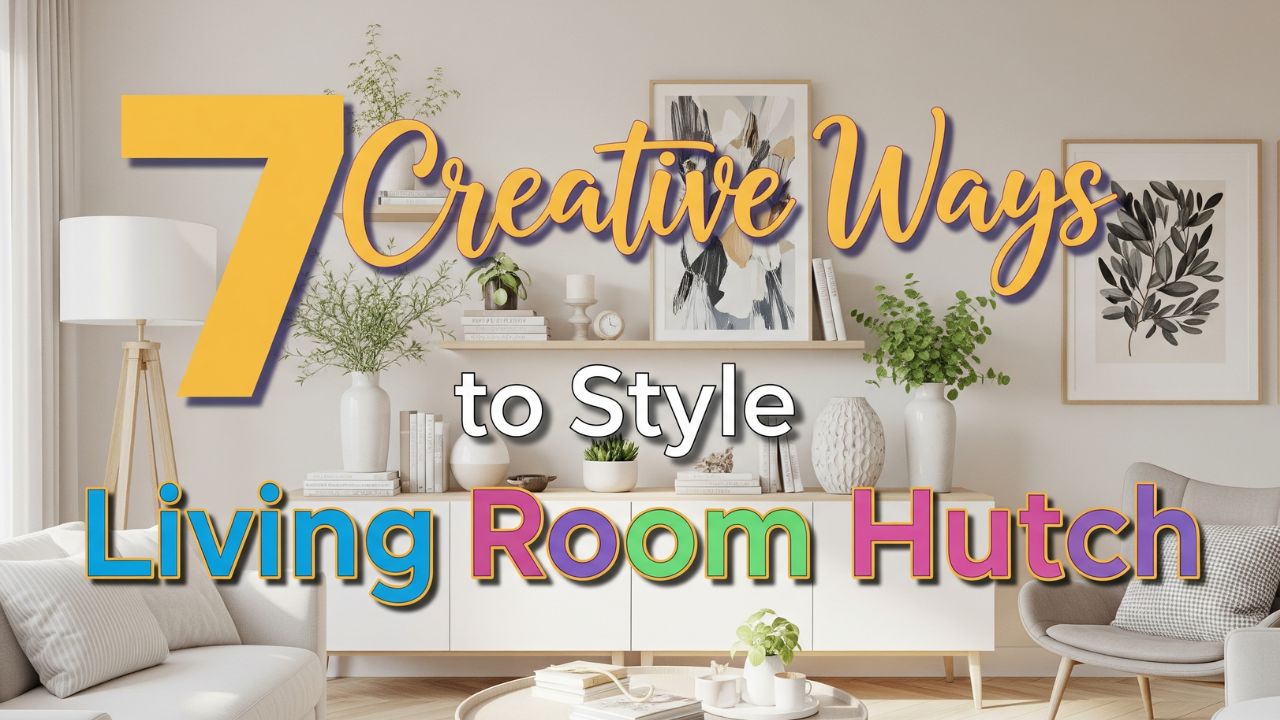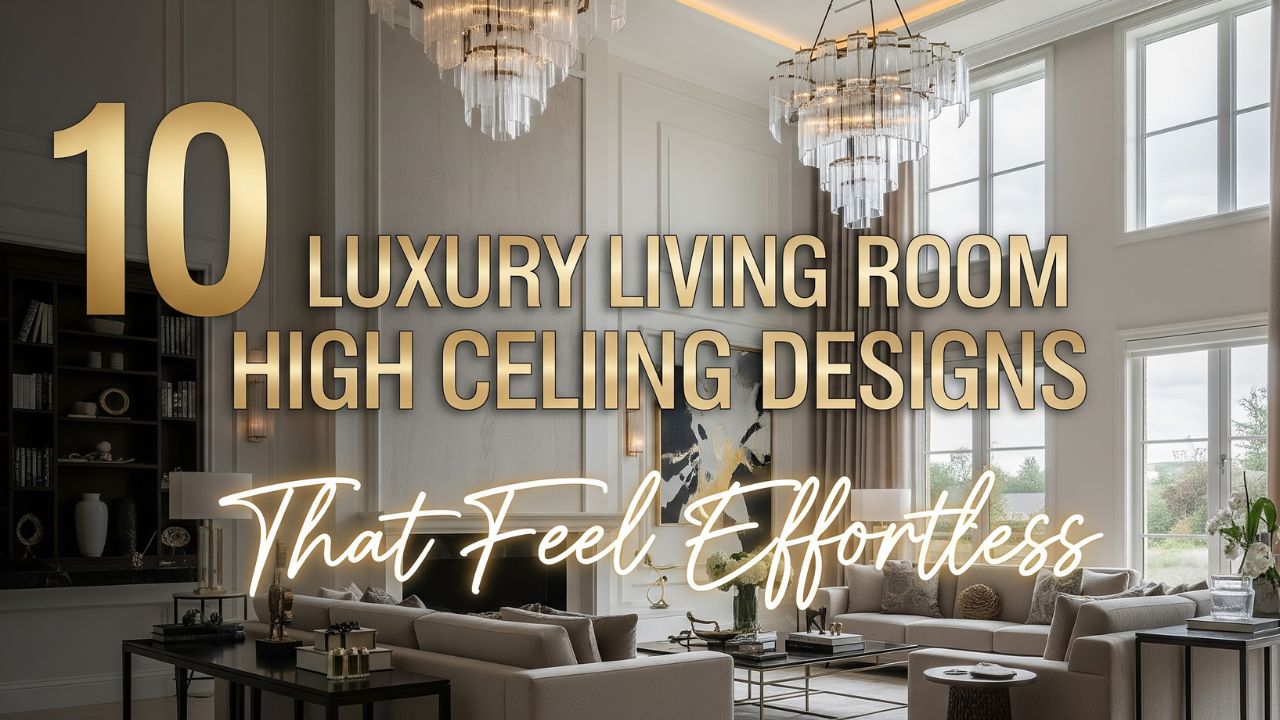Have you ever walked into a small living room and felt it was too cramped to feel inviting? The truth is, size doesn’t define coziness—layout does.
In fact, many design experts say that smaller living spaces often have more charm because they encourage creative arrangement and intentional use of every inch. With the right layout, a small living room can feel warm, functional, and stylish, without ever appearing overcrowded.
Do you know that the average living room in modern apartments is 13 by 18 feet, which is significantly smaller than older homes that often had double the space?
This shift has made smart layouts more important than ever. Whether you want to host friends, enjoy family movie nights, or simply relax with a book, the way you arrange furniture and décor can transform your space into a cozy retreat.
Here are 12 cozy living room layout ideas for small spaces that prove limited square footage is no limitation to comfort or style.
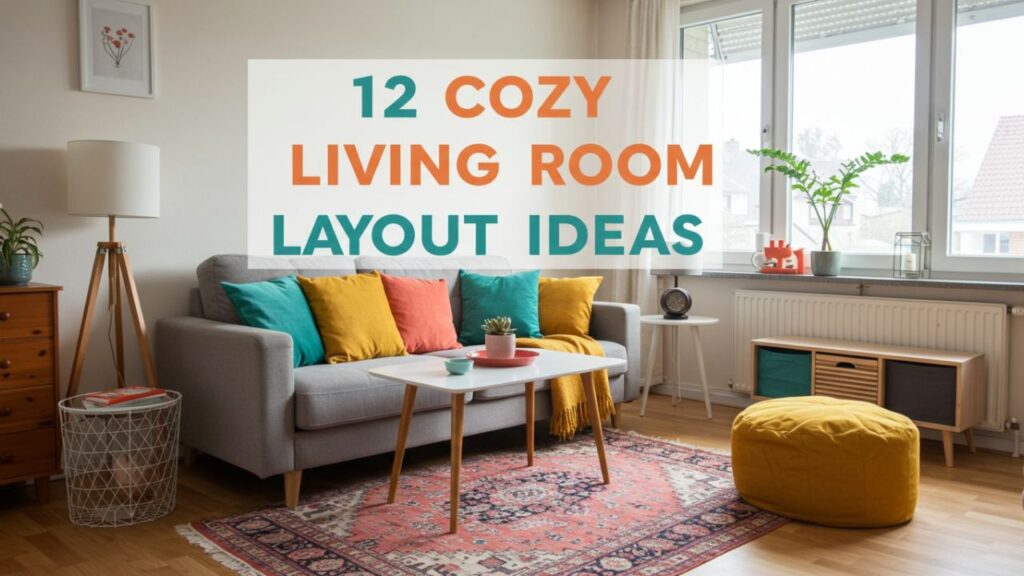
Table of Contents
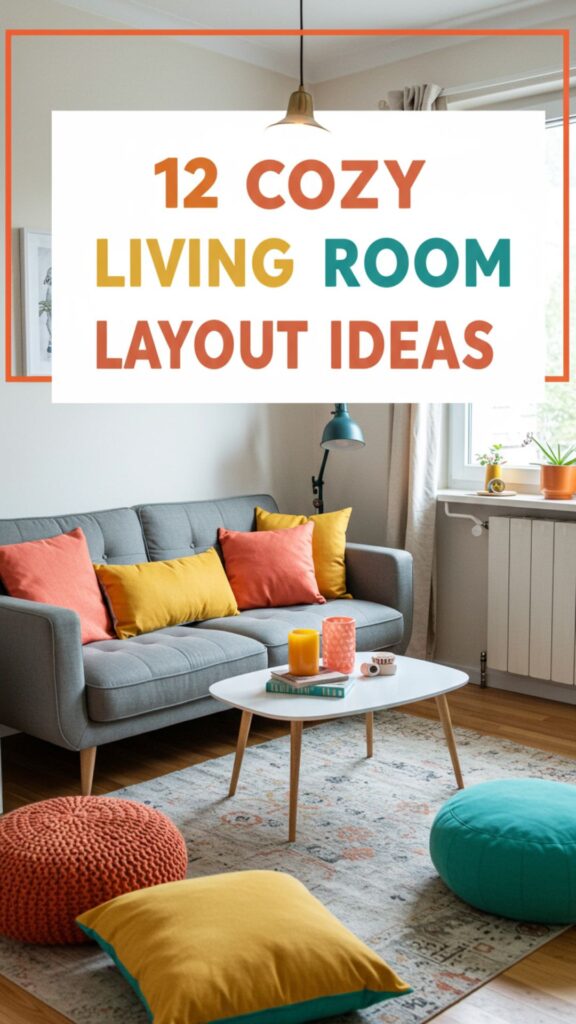
12 Best Coxy Room Layout Ideas
1. The Floating Furniture Layout
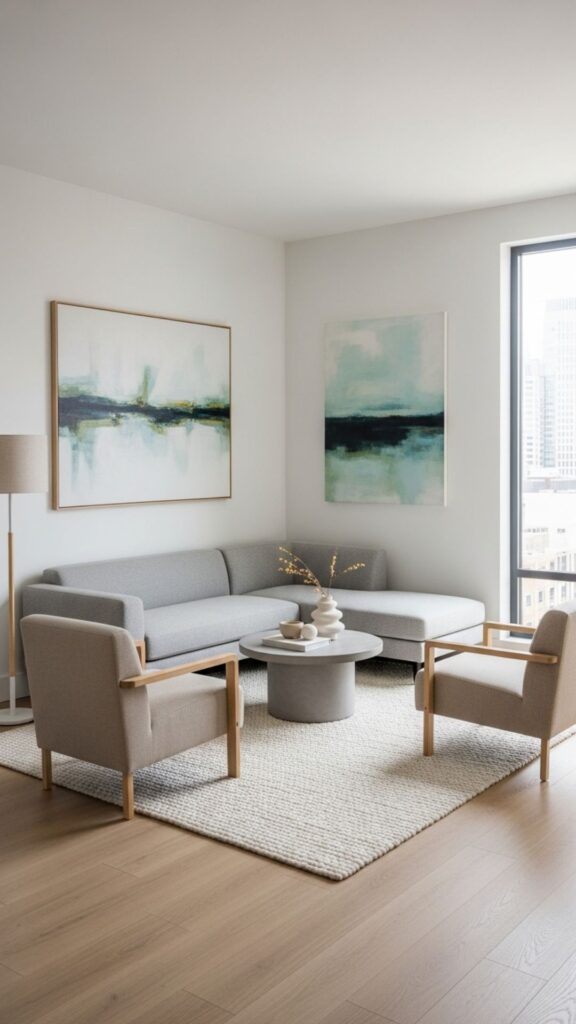
Instead of pushing every piece of furniture against the walls, try floating your sofa and chairs in the center of the room.
This creates a defined seating area and makes the space feel intentional rather than cramped. Adding a small rug underneath anchors the space, while narrow side tables or ottomans can keep it functional without overcrowding.
Interesting fact: Many people believe pushing furniture against walls creates more space, but interior designers often argue the opposite. Floating furniture can actually make a small room feel larger by creating pathways and zones.
2. The L-Shaped Sofa Setup
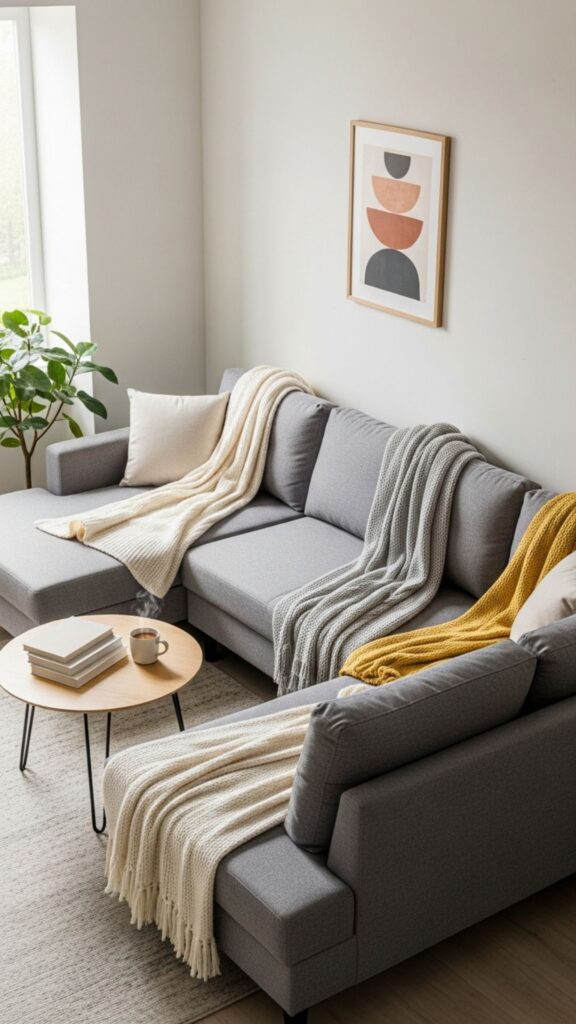
An L-shaped sofa works wonders in small living rooms, especially if placed in a corner. This layout maximizes seating without the need for multiple chairs and opens up more floor space in the center.
It also creates a natural boundary, separating the living room from adjoining areas like a dining nook or kitchen.
Tip: If your room is narrow, opt for a sectional with a chaise on one side for lounging without cluttering the space.
3. The Window-Focused Arrangement
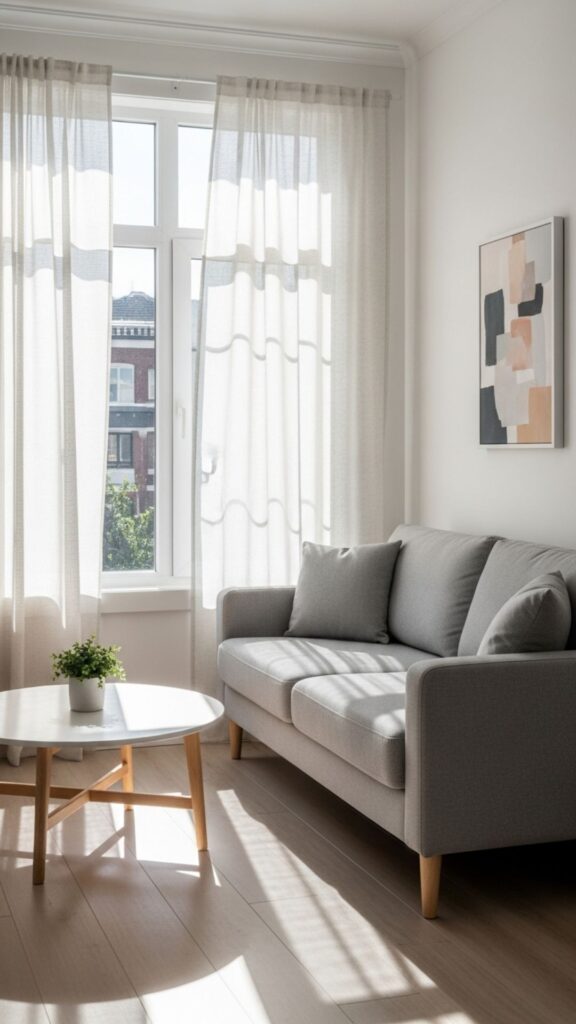
Placing your sofa or main seating directly across from a window not only optimizes natural light but also gives your room an airy, open feel.
This layout works particularly well in small spaces because it draws the eye outward, making the room feel bigger.
Do you know that humans instinctively enjoy sitting near windows because of a psychological effect called prospect and refuge? We crave a safe, cozy spot while still being able to view the outside world.
4. The Conversation Circle
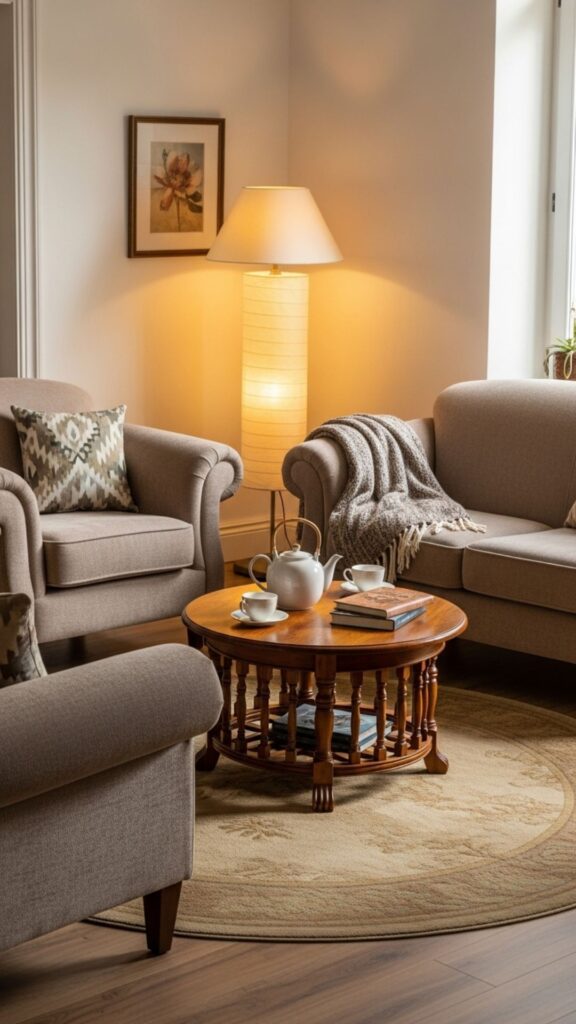
For those who love hosting, arranging furniture in a circular or semi-circular layout is both cozy and practical.
Use a small round coffee table in the center, flanked by chairs and a compact sofa. This arrangement encourages conversation and intimacy, perfect for family gatherings or game nights.
Myth buster: Many assume a coffee table must be rectangular. In small living rooms, round tables are actually better because they ease movement and reduce sharp corners in tight spaces.
5. The Dual-Purpose Layout
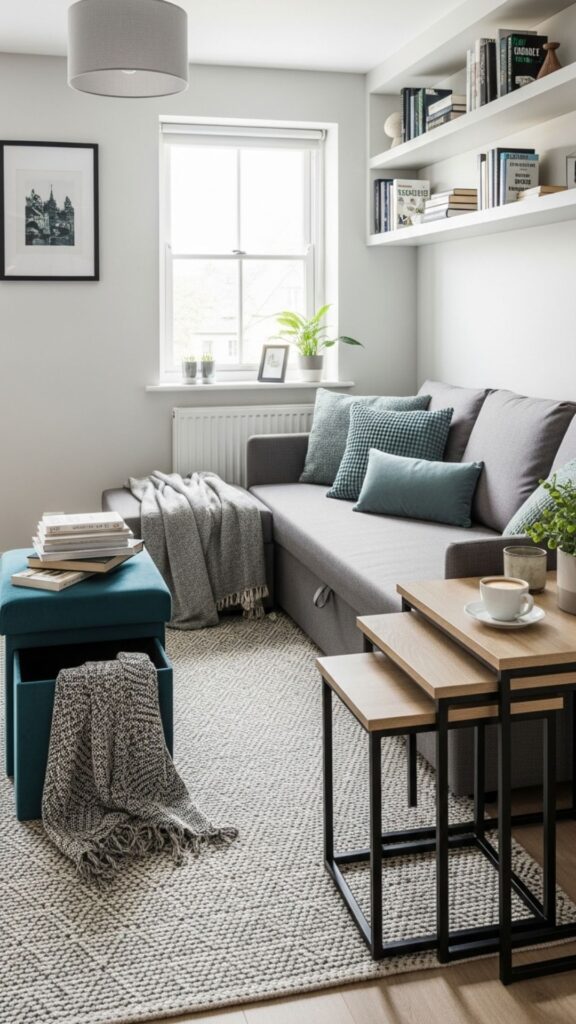
When space is tight, every piece of furniture should serve more than one purpose. A sofa bed, nesting tables, or ottomans with storage can transform your living room from a daytime lounge to an evening guest room.
Arrange these multifunctional pieces in a compact grid-like layout so they can be easily shifted when needed.
Fun fact: The concept of multifunctional furniture dates back to ancient Rome, where collapsible stools and chests served both practical and decorative roles.
6. The Wall-Mounted Media Setup
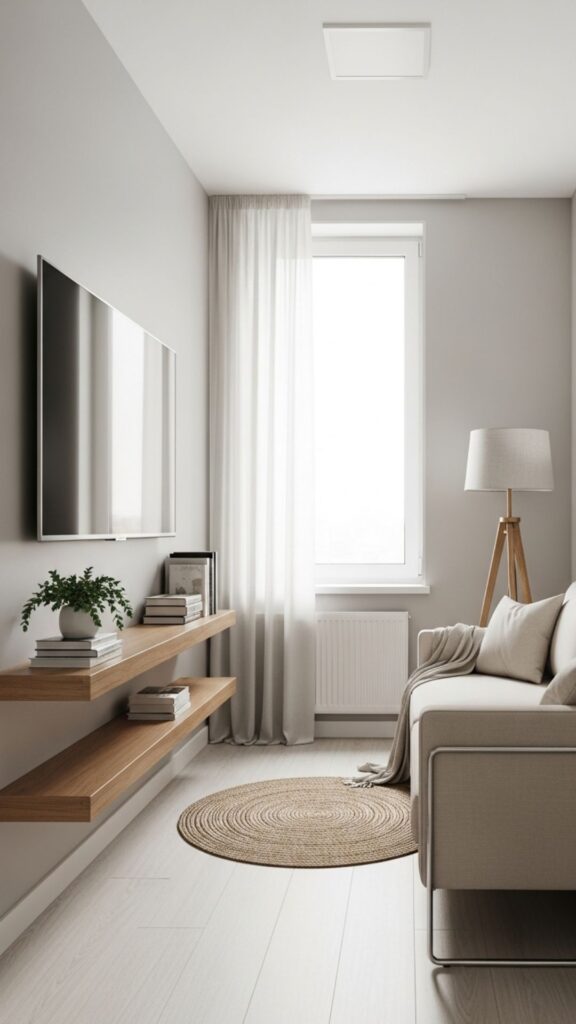
Instead of using a bulky TV stand or entertainment unit, mount your television on the wall. Position your sofa directly opposite, and add slim floating shelves for storage.
This opens up floor space and makes the room feel streamlined.
Do you know? Studies show that wall-mounted storage not only saves space but also psychologically creates the illusion of higher ceilings, making small rooms feel taller.
7. The Corner Nook Layout
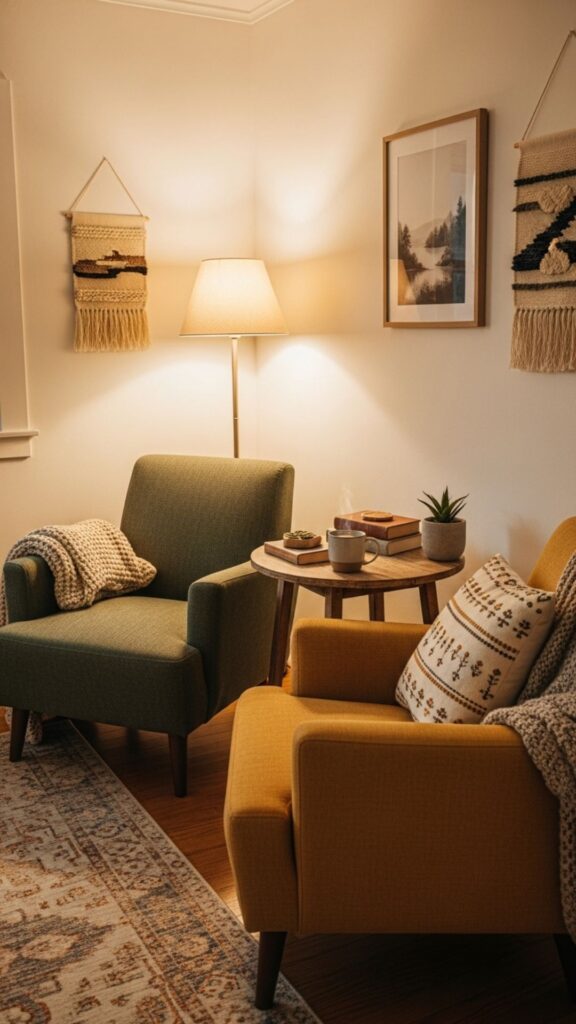
If your living room has a corner that often goes unused, turn it into a cozy reading or conversation nook.
A loveseat or two accent chairs angled toward each other with a small table in between can transform wasted space into the most charming spot in the room.
This works particularly well in studio apartments, where every square foot must be maximized.
8. The Symmetry Trick
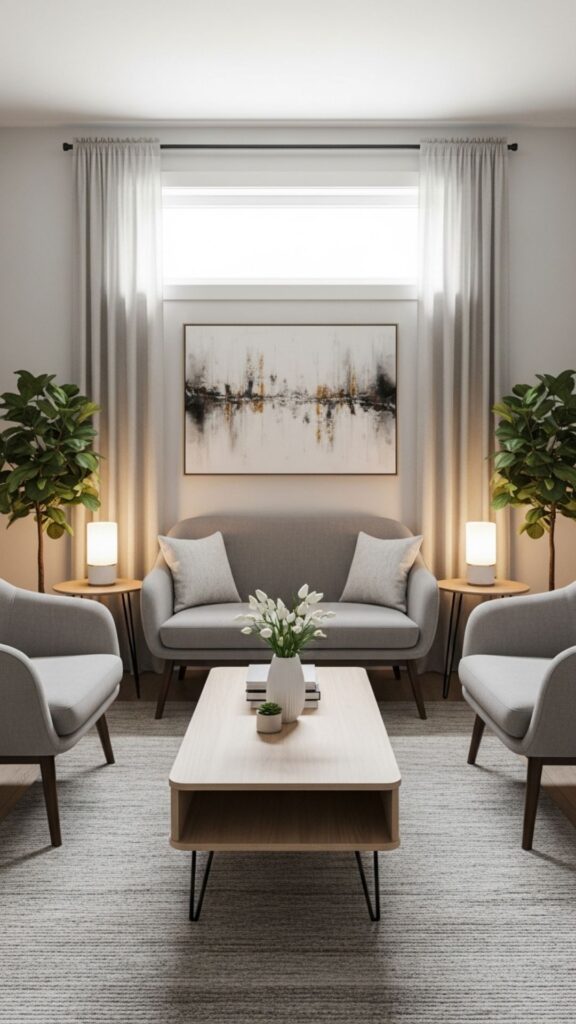
Small living rooms often benefit from symmetry because it provides visual balance. Place matching chairs across from each other with a coffee table in the middle, or balance a loveseat with two stools on the opposite side.
This arrangement prevents the room from feeling cluttered, even when multiple pieces are involved.
Interesting fact: Symmetry has been used in interior design since ancient Greek architecture because the human brain finds balance more aesthetically pleasing.
9. The Minimalist Layout
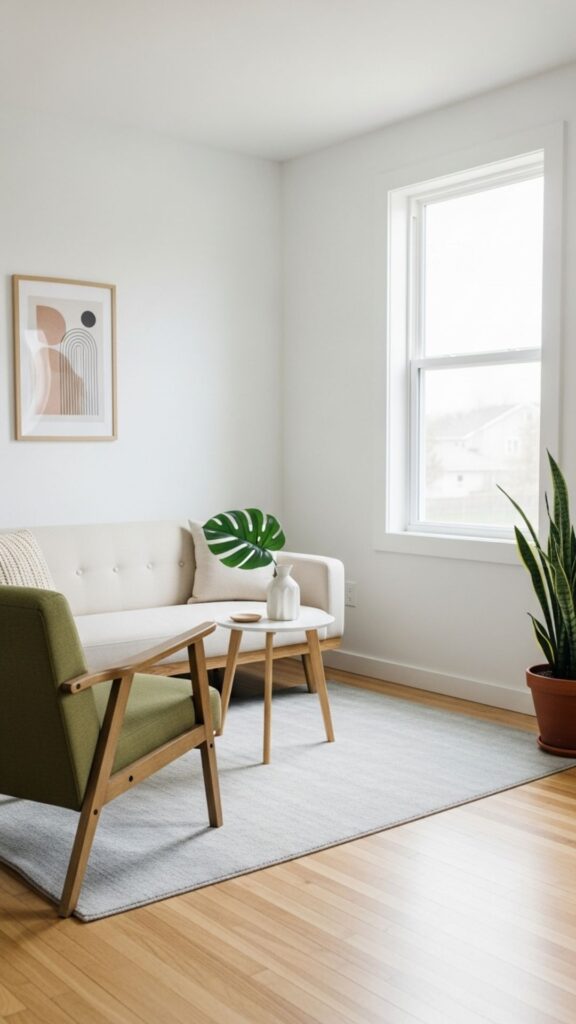
Sometimes less is more. A slim sofa, a single armchair, and a petite side table might be all you need. Instead of cramming in too much furniture, opt for fewer but multifunctional pieces arranged to leave open walking paths.
Do you know? Minimalist layouts aren’t just trendy—they can reduce stress. Studies in environmental psychology suggest that cluttered spaces increase cortisol levels, while clean, open layouts promote relaxation.
10. The Rug as a Zoning Tool
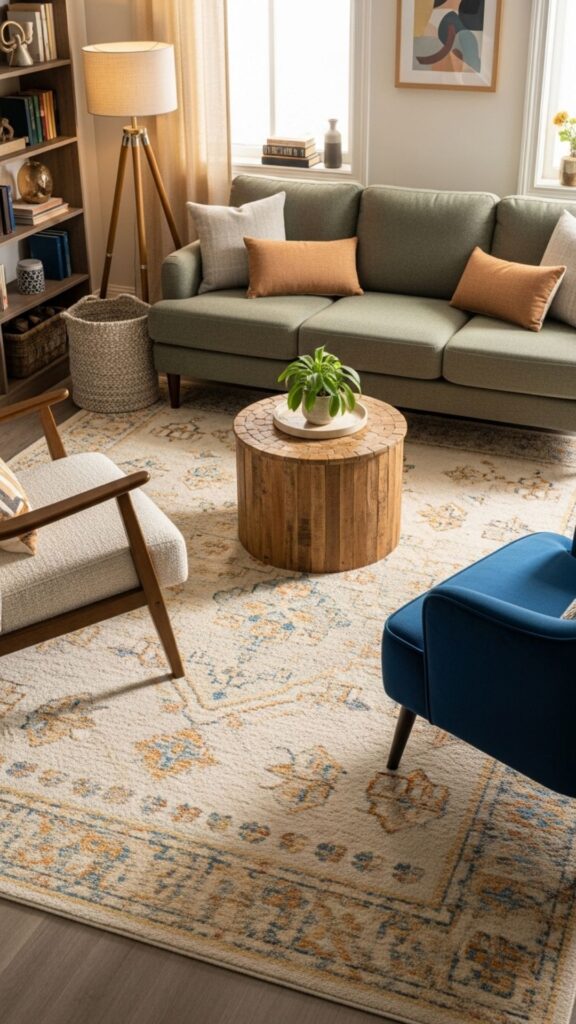
A well-chosen rug can define a small living room layout. Position your sofa and chairs so that at least the front legs rest on the rug, creating a cohesive seating zone. This trick is especially useful in open-plan homes where the living room blends with the dining or kitchen area.
Pro tip: Choose a rug that extends slightly beyond your furniture arrangement. Many people mistakenly buy rugs that are too small, which makes the room look disjointed.
11. The Angled Layout
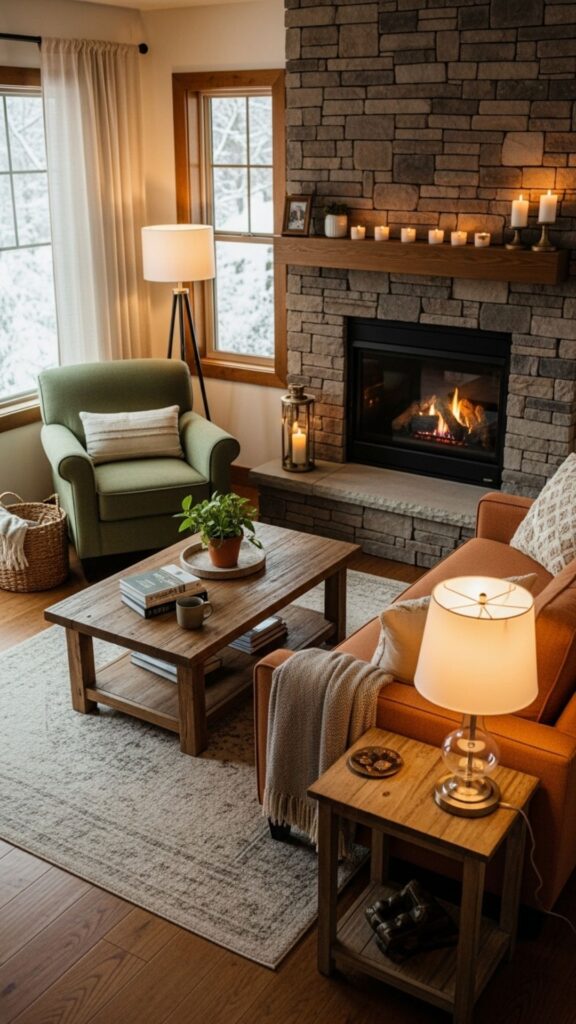
Who says everything must line up with the walls? Try placing your sofa or chairs at a diagonal angle.
This unexpected layout can add visual interest and sometimes even make the room look larger. Angled layouts are also great for highlighting architectural features like fireplaces or large windows.
Fun fact: Feng Shui often recommends angled furniture placement to encourage positive energy flow and prevent spaces from feeling stagnant.
12. The Open-Back Seating Idea
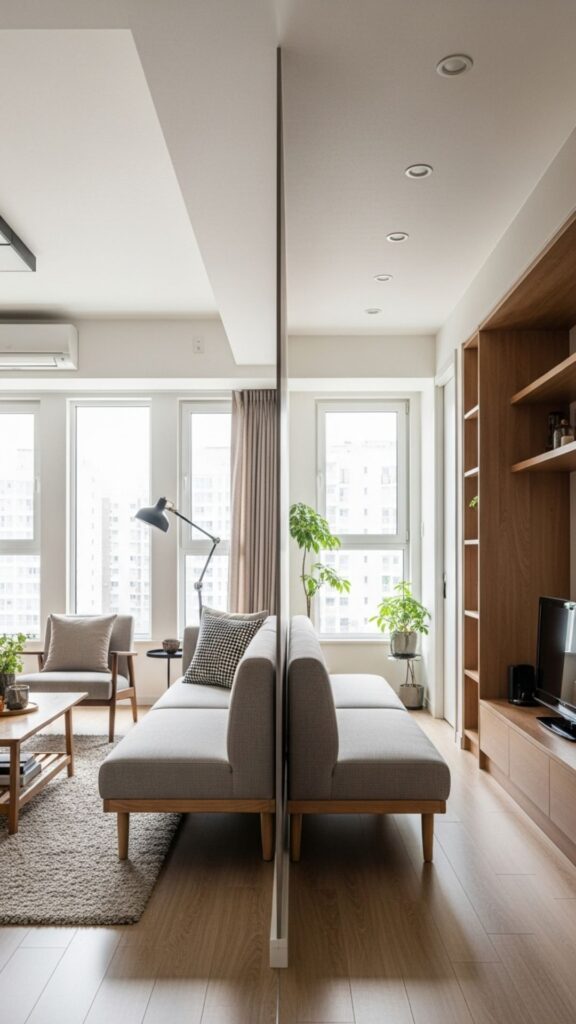
If your living room doubles as a walkway, consider furniture with open backs—like a low-profile sofa or a bench.
This creates a visual boundary without blocking light or making the space feel closed in. Open-backed furniture also allows you to see through the room, enhancing the sense of openness.
Myth buster: Many think small rooms should only have small furniture. In reality, one or two larger but streamlined pieces (like an open-back sofa) can make a space feel more cohesive than several tiny items.
Conclusion
A small living room doesn’t have to mean sacrificing comfort or style. The key lies in choosing the right layout that maximizes both space and coziness.
From floating furniture and conversation circles to multifunctional setups and symmetry tricks, each of these 12 cozy living room layout ideas for small spaces proves that thoughtful design transforms limitations into strengths.
Remember, the ultimate goal isn’t just fitting furniture into a small area—it’s creating a space that feels welcoming, balanced, and truly yours. With the right approach, your small living room can be the coziest spot in the house.
Frequently Asked Questions (FAQs)
How do I make a small living room feel bigger?
Use light colors on walls and furniture, incorporate mirrors to reflect light, and choose multi-functional furniture. Floating layouts and wall-mounted storage also create the illusion of more space.
What type of sofa is best for a small living room?
Compact sectionals, loveseats, or sofas with slim arms are great options. L-shaped sofas can also work well because they maximize seating while keeping the layout simple.
Can I use large furniture in a small living room?
Yes, but sparingly. One or two large, streamlined pieces can actually make a space feel less cluttered than several small ones. The key is to balance proportions and avoid bulky extras.
Should I put my sofa against the wall in a small space?
Not always. While many think pushing furniture against walls creates more room, floating a sofa or placing it at an angle often makes the space feel more open and cozy.
What colors work best in small living rooms?
Neutral shades like whites, creams, and light grays open up the room, while soft pastels add warmth without overwhelming the space. Accent colors can be used sparingly in pillows, rugs, or artwork.
